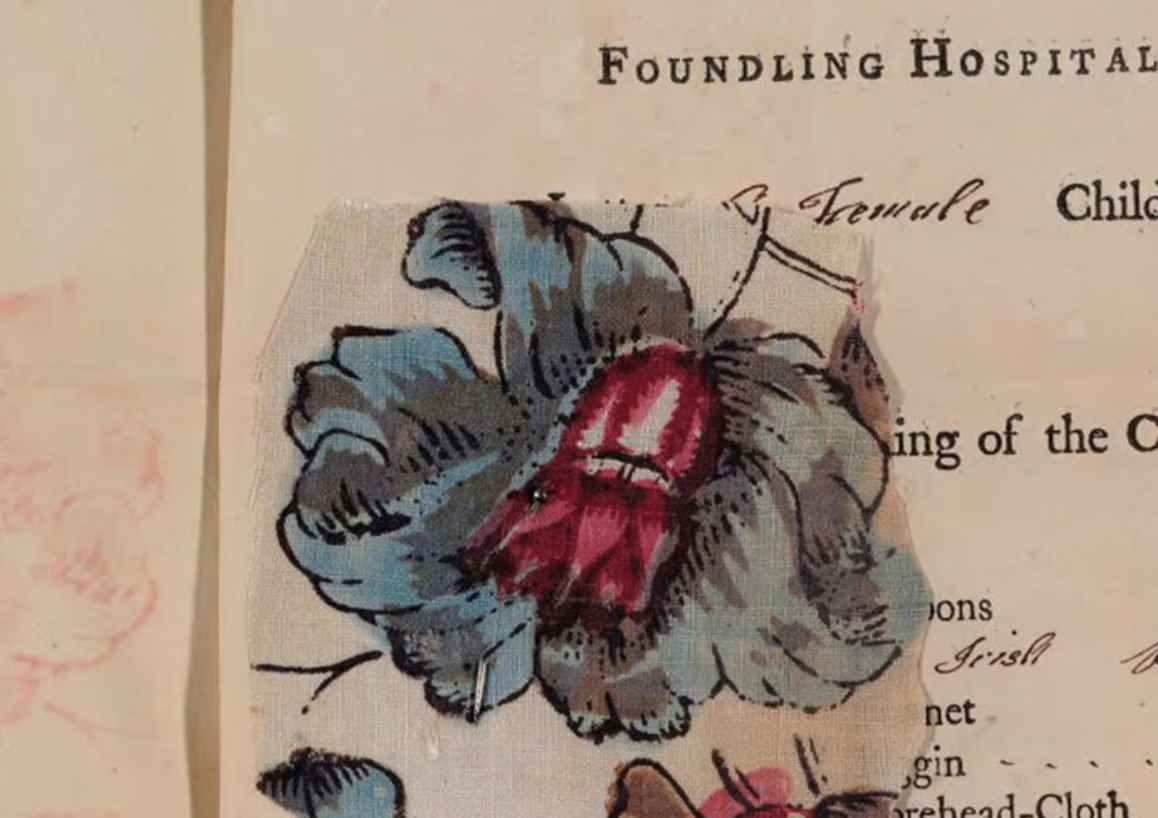The Salvaging Disposition: Waste and the Novel Form
The Salvaging Disposition: Waste and the Novel Form is a book about acts of re-use and reclamation in eighteenth-century British novels. It shows that the novel emerged over the course of the eighteenth century as a form for managing the waste generated by a rapidly shifting economy. In making this claim, the book positions the novel as a mode of writing that not only responded to economic and political circumstances, but also constituted—through its own formal experimentation—new ways of organizing and comprehending individual and collective experience.
The book’s central chapter focuses on a series of novels written by Daniel Defoe (1660-1731) and Samuel Richardson (1689-1761), in which unwanted pregnancy repeatedly appears as a problem of waste management: illegitimate children are pictured as the byproducts, rather than the products, of sex. The chapter begins with readings of Defoe’s novels, Roxana and Moll Flanders (whose eponymous protagonists become pregnant numerous times in the course of each narrative). It then turns to Richardson’s Pamela and, specifically, to the character of Sally Godfrey—the “ruined” woman who has been expelled from the story, and sent to Jamaica, as a result of her pregnancy. The chapter shows how attention to this neglected side plot yields new insights into the relationship between social marginalization and literary form. By making the recovery of these “byproduct characters” a condition of narrative closure, Richardson’s novel helped to establish a literary framework in which disparate persons and events could appear as the components of a single plot.
Defoe and Richardson were each social commentators, as well as writers of fiction, and each argued that Britain needed superior social institutions to care for orphans and “foundlings” whose families could not support them. Richardson’s Pamela was written during 1739, the very same year that the London Foundling Hospital was finally established by a Royal Charter. Richardson contributed to the cause financially and became one of its governors in 1754.
With the support of the CSW | Streisand Center, the project examines a set of undigitized materials held in archives and museums in the UK, including the Foundling Museum (which is located at the historical site of the London Foundling Hospital). This research will allow me to substantiate my account of the relation between Richardson’s novel and the philanthropic institutions he supported, and to consider the important differences between them. For while the many philanthropic institutions that emerged in mid-eighteenth-century Britain were features of a colonial and commercial marketplace that addressed underserved populations on an ad hoc basis, Richardson’s novel made the recovery of byproduct characters a condition of narrative closure. In doing so, it worked not only to establish relations between seemingly disparate persons and events, but also to develop a literary framework in which those persons and events could appear as the components of a single plot—or social system.
Photo credit: Textile token for Child number 11868, a girl, 1759. ‘Flowered lawn’: floral design printed on lawn, a fine linen. © Coram.
People
Cass Turner
Cass Turner (Assistant Professor of English) is a literary scholar, whose research focuses on British culture of the long eighteenth century. Their first book project, The Salvaging Disposition: Waste and the Novel Form, examines the impact of new thinking about waste on the rise of the modern English novel. The book shows how a new genre of fiction—the novel— developed in England in response to emergent capitalist logics that cast classed, raced, and gendered groups as differently “wasted” and in need of “disposal.”



